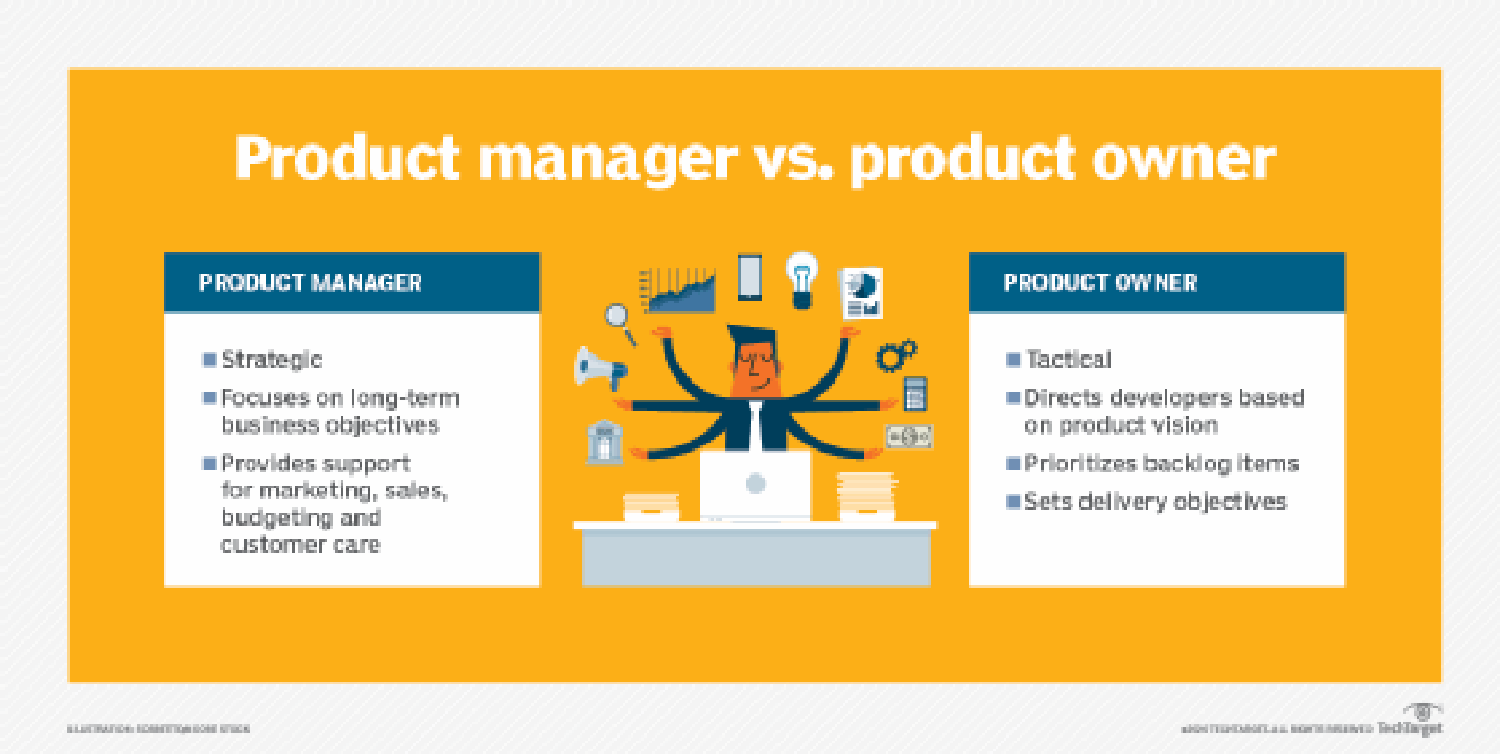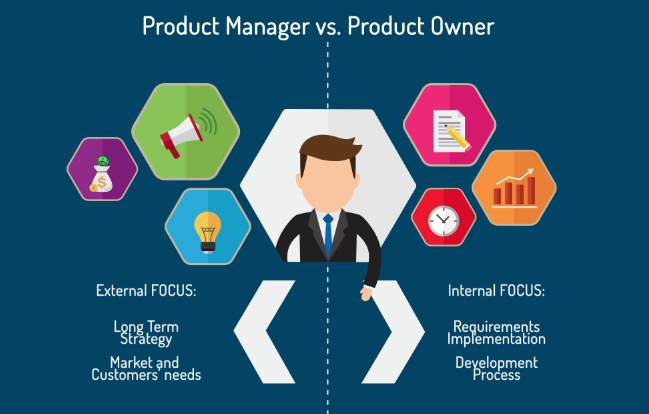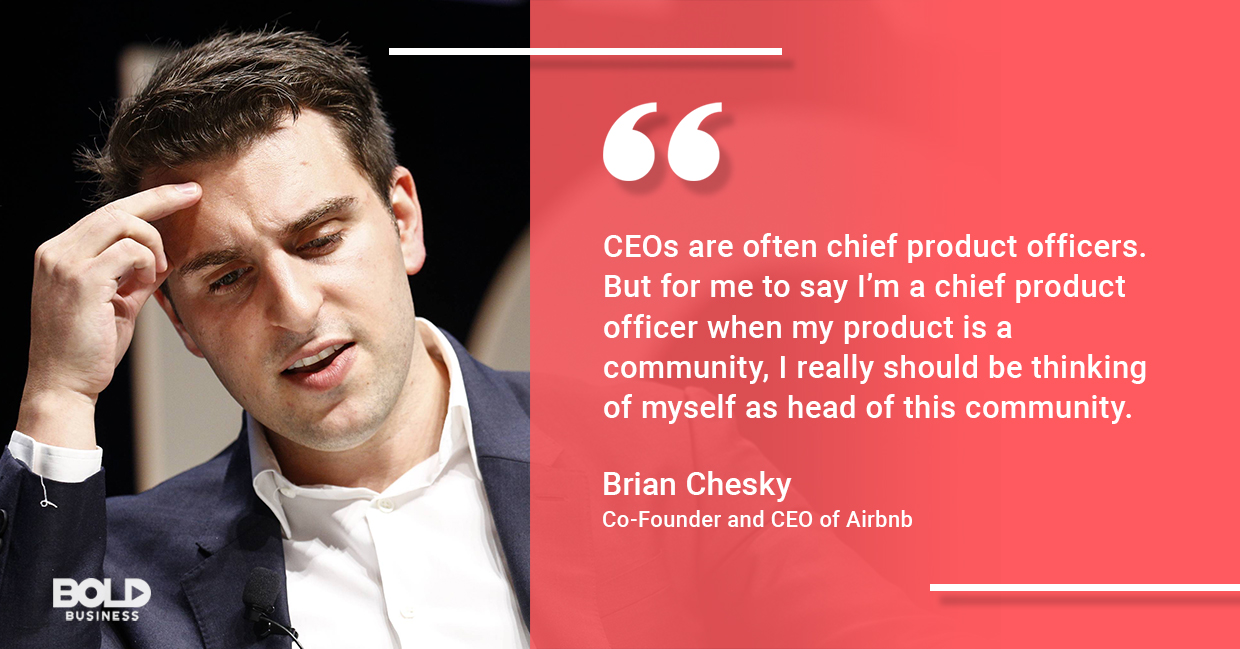
Have you ever wondered what goes into the process of creating the software that you use every day? Well, it is the Product Owner and Product Manager who work tirelessly behind the scenes to manage and coordinate other development team members to guarantee that every product meets the needs of both customers and the business. Although these two roles are frequently confused, they each have specific responsibilities and skill sets critical to product development's success.
This guide will provide comprehensive insights into the roles of Product Managers and Product Owners, explaining their unique responsibilities, and offering actionable steps on how to embark on a career path to become one. Whether you're intrigued by product development or actively pursuing a role in product management, prepare to navigate the journey toward becoming a Product Manager or Product Owner with clarity and purpose!
Outline
Product Owner and Product Manager
How to Become a Product Owner
Successful Product Owner Examples
How to Become a Product Manager
Successful Product Manager Examples
Product Owner and Product Manager
The terms "product manager" and "product owner" are frequently used interchangeably, but they are actually different roles with different responsibilities. For example, the Product Owner is in charge of defining and prioritising the product backlog (an ordered list of features or requirements) the development team will work on. The Product Manager, however, is responsible for the entire product lifecycle, from ideation to launch to retirement.
Let's explore a comprehensive explanation of each term, breaking down the definitions of Product Managers and Product Owners individually to provide a clear understanding of their respective responsibilities.
What is a Product Owner?
The phrase "product owner" can occasionally be confusing because one may assume that it means someone who owns or manufactures the final product. However, this is not accurate.
The phrase comes from a Scrum methodology, meaning the product owner creates customer stories that the development team can incorporate.
By definition, a Product Owner (PO) is an integral part of the Scrum team that oversees and improves the product backlog to maximise the product's value. Scrum is an agile framework for creating and maintaining complex products.
What is a Product Manager?
A Product Manager (PM) outlines and establishes guidelines for the product management process with broader organisational objectives in view. As a result, they often execute a more strategic role than the Product Owner.
Simply put, a product manager decides what to build next and in what order.
Read more on Product Owner vs Product Manager. What's the difference?
How to Become a Product Owner
If you are interested in becoming a Product Owner, here are some steps you can take to make you excel at your job role:
1. Get software development experience
While a technical background is not always required, having some knowledge of the process is beneficial. For instance, if you do this, you will find it easier to communicate with the development team and understand the technical viability of various features.
2. Improve your communication and people skills
As a Product Owner, you will be expected to communicate with several stakeholders in your development team, customers, and executives. Hence, you will need to express your vision for the product succinctly and engage in negotiation to make sure that your priorities are satisfied.
3. Understand the Agile methodology
Agile is a well-liked approach to software development that focuses on communication, adaptability, and quick iteration. You must be able to work within an Agile framework and be knowledgeable with Agile practices to be a successful Product Owner.
Learn: What is Agile Methodology in Software Development?
4. Gain industry-specific knowledge
You might need to acquire specialized knowledge or industry-related skills depending on the industry in which you work. For instance, if you plan to work in the healthcare industry, you will need to learn and understand legal regulations and legislation governing patient privacy
5. Take on a Product Owner role
Taking on a Product Owner role is the best method to learn how to be a Product Owner. This could be done professionally or in a volunteer role, such as by taking the initiative on a project at a nonprofit organization. Another example would be becoming a junior Product Owner in a software development team.
Read: Software Development Lifecycle- The complete guide
Successful Product Owner Examples
Here are a few examples of successful Product Owners you can learn from:
1. Dan Olsen
Dan Olsen is a consultant in product management and the author of "The Lean Product Playbook." He has assisted numerous startups and well-established businesses in creating profitable products. He underlines the importance of conducting consumer research and using data to inform product decisions.
Olsen also emphasizes how crucial it is to develop a Minimum Viable Product (MVP) to verify and test product presumptions.
Melissa Perri is a consultant in product management and the creator of Product Institute, a business that offers coaching and training to product managers. She has experience working for firms like Capital One, Spotify, and Blue Apron. Perri highlights the significance of emphasising the issue the product addresses rather than the solution itself. She also emphasizes how crucial ongoing exploration and iteration are.
3. Marty Cagan
Marty Cagan is a Product Management consultant and Silicon Valley Product Group (SVPG) founder. He has worked with organizations including eBay, PayPal, and Adobe. Cagan underlines the need to give Product Owners decision-making authority and the significance of developing a solid product culture within the organization.
Read: 9 Top Tools For Project Management Teams
How to Become a Product Manager
If you are interested in becoming a Product Manager, here are some steps you can take:
1. Improve your business expertise
Product managers must know the company's strategic goals and how the product contributes. This includes awareness of the company's financial components, such as sales and profitability.
2. Develop your leadership abilities
Product Managers need to be able to lead cross-functional teams, including development, design, and marketing. They must be able to inspire and motivate their teams to collaborate to achieve a common objective.
3. Learn about the industry
Product managers must have an in-depth knowledge of the sector in which they operate. Understanding the competitors, industry trends, and the client's wants and preferences is all part of this.
4. Improve your communication skills
Product managers must communicate proficiently with various parties, including executives, clients, and the development team. In addition, they must effectively communicate their vision for the product and negotiate with others to get what they want.
5. Become a Product Manager
Taking on a Product Manager role is the best approach to learning how to be a Product Manager. This could take the form of working in a professional or volunteer capacity, such as managing a project for a nonprofit organization or joining a product team as a junior product manager.
Learn about: Disciplined Agile Delivery Framework
Successful Product Manager Examples
Here are a few examples of successful Product Managers you can learn from:
1. Sundar Pichai, CEO of Google
The Google Toolbar was the focus of Sundar Pichai's first position at Google. Later, he took the helm in creating Google Chrome and was elevated to CEO of the search engine giant. Pichai is renowned for emphasising user experience and for being able to reconcile the interests of various stakeholders.
2. Julie Zhuo, former VP of Product Design at Facebook
As a Facebook intern, Julie Zhuo worked her way up to vice president of product design. She is renowned for putting a strong emphasis on user research and for her capacity to develop solutions that cater to the different needs of Facebook's user base.
3. Brian Chesky, CEO of Airbnb
Brian Chesky began his career at Airbnb as a Product Manager. He then oversaw the platform's development and was elevated to CEO. Chesky is renowned for emphasizing design and capacity to establish a distinctive corporate identity for Airbnb.
Conclusion
Product Owner and Product Manager are both important roles in product development, with different responsibilities and skill sets. If you want to pursue a career in either of these roles, developing the skills and knowledge needed to succeed is essential. This involves acquiring skills in software development, enhancing your leadership and communication abilities, and learning about the industry. You can also position yourself for success in this fascinating and gratifying industry by studying the techniques of successful product managers and acquiring expertise in product development.
Related post
Recent Posts
Need help with a project?
© Wazobia Technologies 2025
Powered by:







.jpg_xZXBLo?tr=w-1500,cr-0.0.1500.840)
